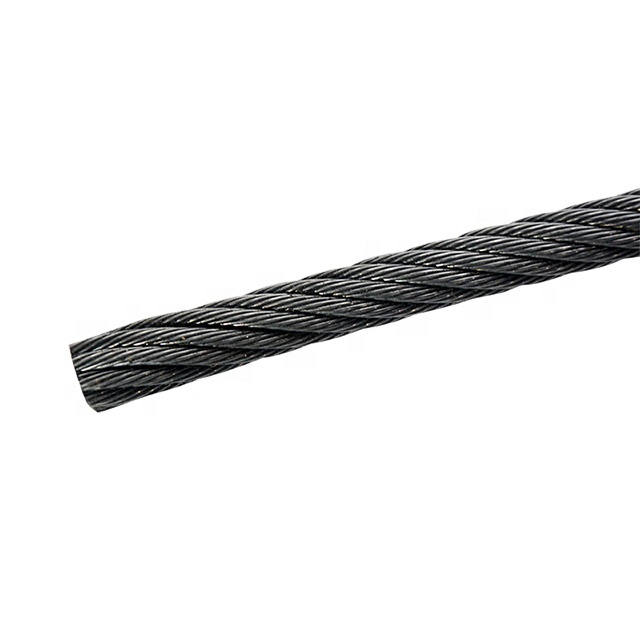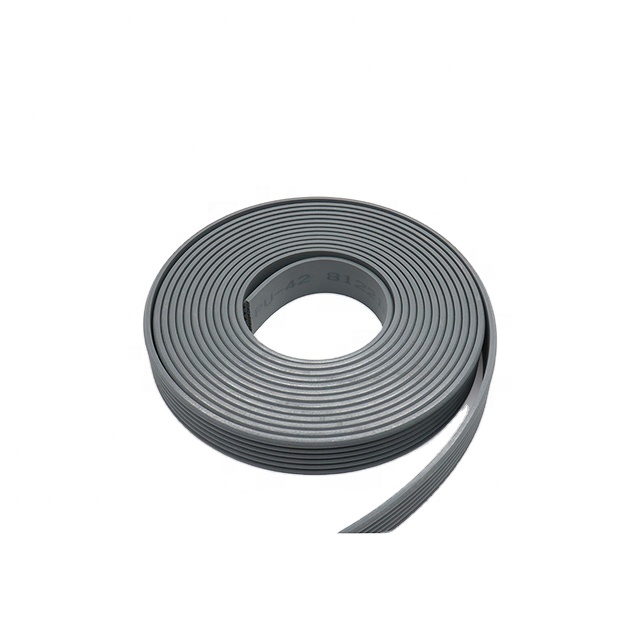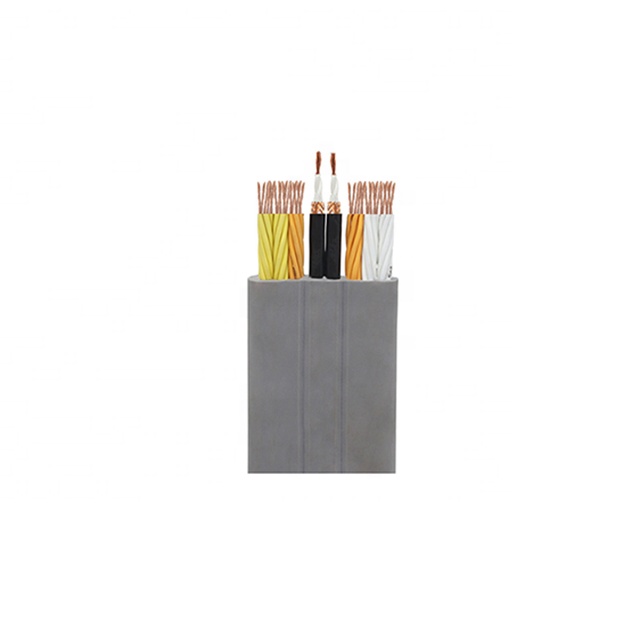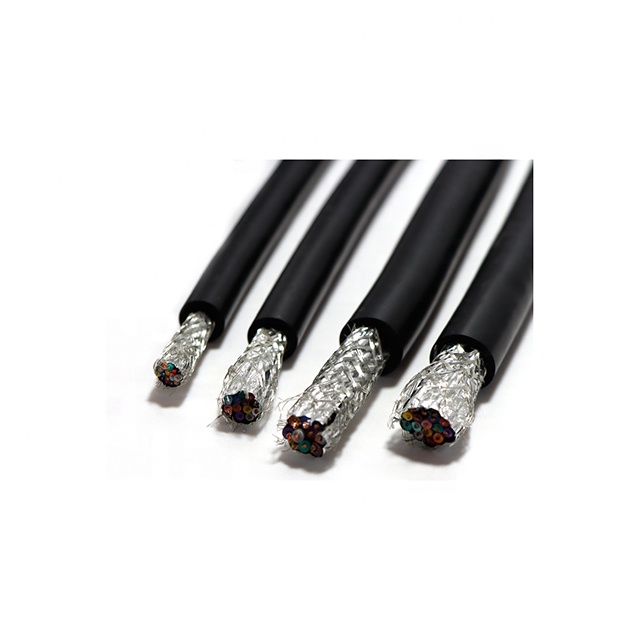In 2009, the forest product price index was 94.05%, and the wood product price index was 95.58%.
Exports of forest products in 2009 amounted to US$36.316 billion, which represented a decrease of 4.47% compared with the same calibre in 2008, accounting for 3.02% of the country's total merchandise exports. Forest products imported US$33.902 billion, which was 11.80% less than in 2008, accounting for 3.37% of the national merchandise imports. The forest product trade surplus was 2.414 billion U.S. dollars.
In the import and export of woody forest products, the export volume of logs is 12,700 cubic meters, which is 349.56% more than in 2008. The import volume of logs is 28,059,300 cubic meters, which is 5.11% lower than that in 2008; the output of sawn timber (excluding special-shaped materials) is 561,100 cubic meters. Compared with 2008, it was reduced by 21.80%, sawn timber import was 9.9352 million cubic meters, an increase of 38.34% over 2008; exports of plywood, fiberboard, and chipboard were 5.634 million cubic meters, 2.0311 million cubic meters, and 124,900 cubic meters, respectively. The year-on-year decrease was 21.58%, 14.75% and 35.35%. The imports of plywood, fiberboard and particle board were 179,200 cubic meters, 453,000 cubic meters and 446,500 cubic meters respectively. Compared with 2008, the imports of plywood and fiberboard were respectively Declined by 39.03% and 10.21%. Imports of particleboard increased by 19.35%. Wood furniture exports reached US$12.35 billion, an increase of 9.24% over 2008. Imports were US$298 million, a decrease of 4.58% from 2008; Wood pulp imports were 13.5875 million tons, compared with 2008. The annual growth rate was 43.53%; the export value of paper and paper products (represented by the proportion of wood fiber pulp) was 4,802,800 tons, an increase of 4.33% compared with the same caliber in 2008, and the import volume was 3,495,900 tons. In 2008, the reduction was 6.43%; the import of waste paper was 27.5107 million tons, an increase of 13.62% over 2008.
Non-wood forest products exported 9.466 billion U.S. dollars, 12.44% lower than in 2008, accounting for 26.06% of forest product export value; imported 11.786 billion U.S. dollars, 12.11% lower than 2008, accounting for 34.76% of forest product import value.
In 2009, forest product exports were mainly concentrated in the United States and Japan, while imports were mainly in the United States, Russia and Southeast Asia. The top five export trading partners were US 24.45 percent, Japan 10.99 percent, Hong Kong 5.60%, UK 4.81%, and Germany 3.31%, respectively. The top five import trading partners were US 12.17%, Indonesia 10.66%, Malaysia 10.64%, Thailand. 8.99% and Russia 8.78%.
Elevator ropes are highly engineered and made of steel with other composites. Also they are not single wires but several strands of various sizes wrapped together. A typical cable or rope can have over 150 strands of wire precisely designed to be strong, flexible, and give long service. Multiple wire strands are used to increase the life of the cable and give flexibility. When you run a cable over a pulley wheel or sheave, the part of the wire on the sheave makes a shorter trip than the outside of the wire. This stretching over time would create weakness for a single strand. So elevator ropes are flexible strong and give long life if maintained properly.
The types of rope in an elevator can vary depending on the job that they need to do. Here are some of the more common ropes you can find lurking in your hoistway:
1. Hoisting Ropes – These are the ropes you see in all the movies. Several are used to suspend the elevator cab and make the car go up and down. These are also the cables used for the counterweights as the counterweights and elevator car are in the same system. The counterweights do just what they are called; they counter the weight of the elevator car when loaded so it takes less effort to move the car up and down. High-strength ropes are used in high rises due to the required speeds that you see today. For instance the fastest moving elevator car in the world, hits a speed that you would find on freeways; an astounding 45 miles per hour! Ultimately the grade of steel is not only determined by the speed but on the car capacity as well. The heavier the weight the car can lift, the higher strength required.
2. Governor Ropes – A governor is part of elevator safety that you will find in the hoistway or overhead space. The second that an elevator car starts falling or even rising too fast, the governor triggers the safety mounted on the car frame and brings the car to a halt. The governor rope runs over the governor sheave and down to the elevator car and is attached to the safety trip mechanism. The governor rope continues all the way down to the pit and runs under a sheave down there and then makes the journey back to the governor. This governor rope arrangement forms a continuous loop while the elevator moves up and down the hoistway. If the car starts going too fast, centrifugal force pushes flyweights outward in the governor against the spring. In simplistic terms it tells the brakes to kick in and stops the car from falling or rising too quickly. As this entire safety system relies on the governor rope, it is very important that it is reliable and in great working condition.
3. Compensating Ropes – Turns out that all of the cable or rope to make an elevator car go up and down is really heavy. This is especially true for really tall buildings. Think about this; a standard one inch elevator cable can weigh 1.85 pounds per foot. As elevator cable makes several trips up and down the hoistway, this weight can really add up. So compensating ropes [compensate" for all the weight of the hoisting ropes on the car or counterweight side. Probably any elevator that exceeds 100′ of travel needs these ropes that are connected to the sling that holds the car and the counterweight frame.
The most important thing about any elevator rope is that they must be in good operating condition at all times. This means inspected often. The technician when performing routine checks doesn`t just look up the hoistway, nod their head and move on; they must check the ropes closely for proper tension, any wear patterns, the diameter of the rope, any rusting, pitting or breaks in strands, the sheaves, proper lubrication and connections.




Elevator Cable,Elevator wire rope,Lift ropes,governor rope,Elevator steel wire rope,Elevator steel cable
Suzhou Keffran Parts Co.,ltd , https://www.keffran-elevatorsmart.com